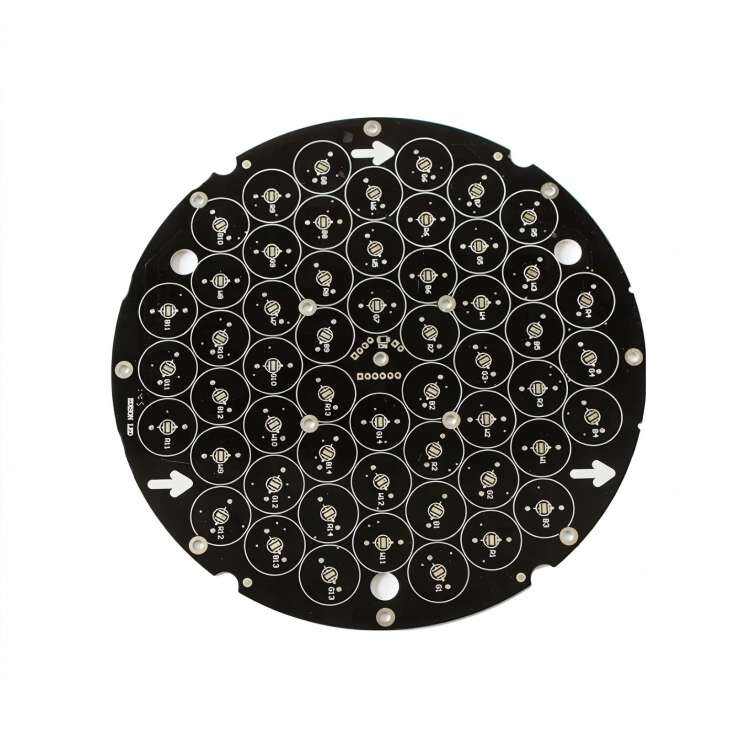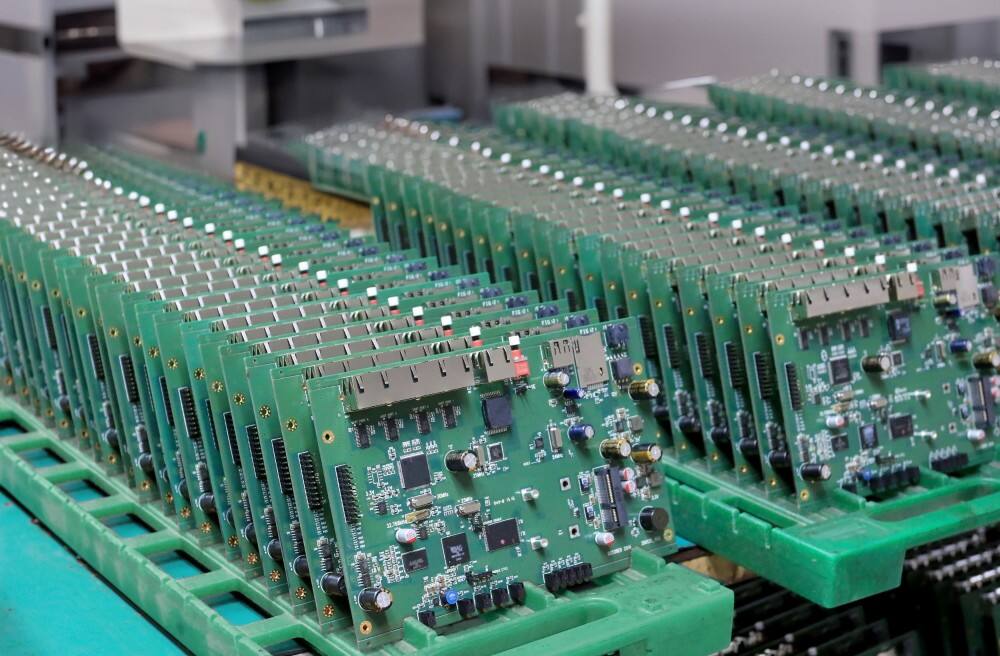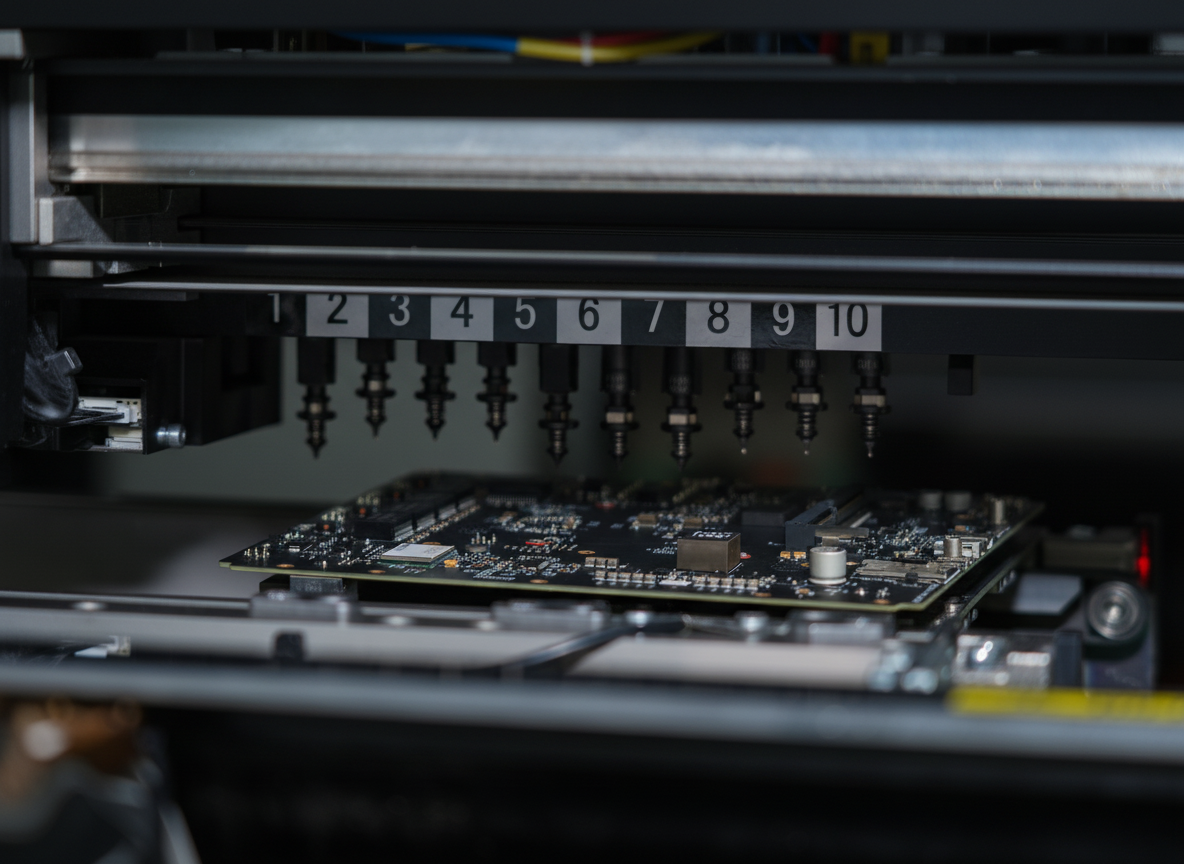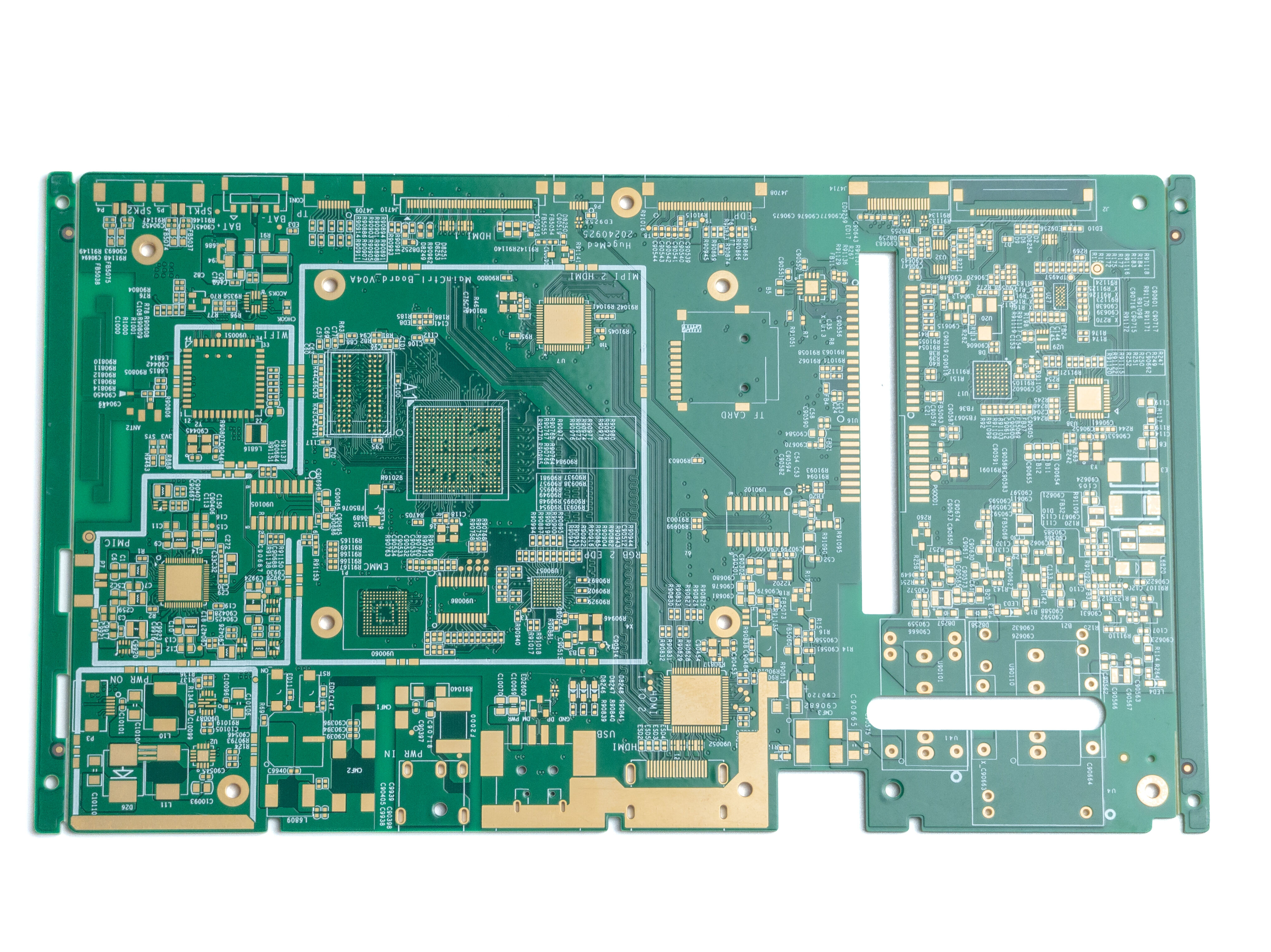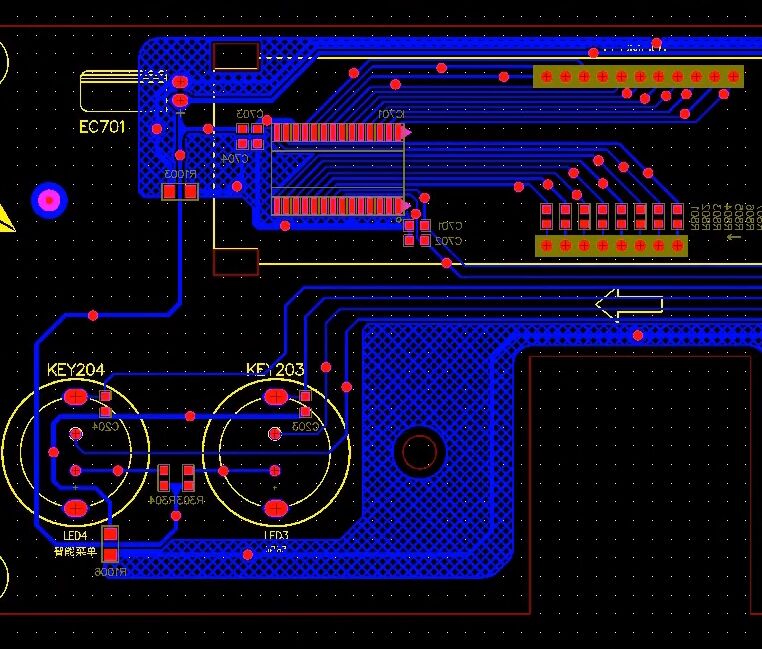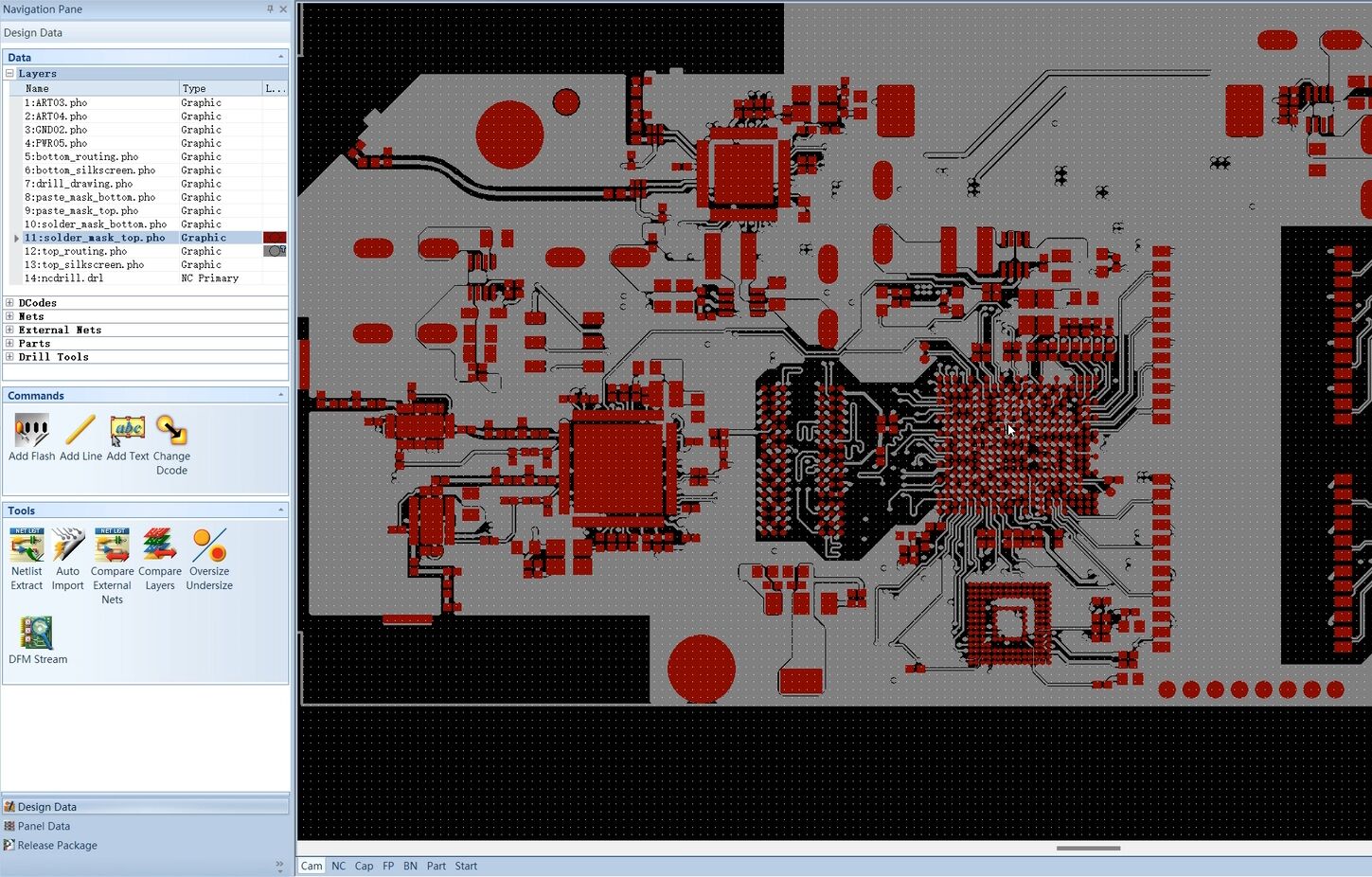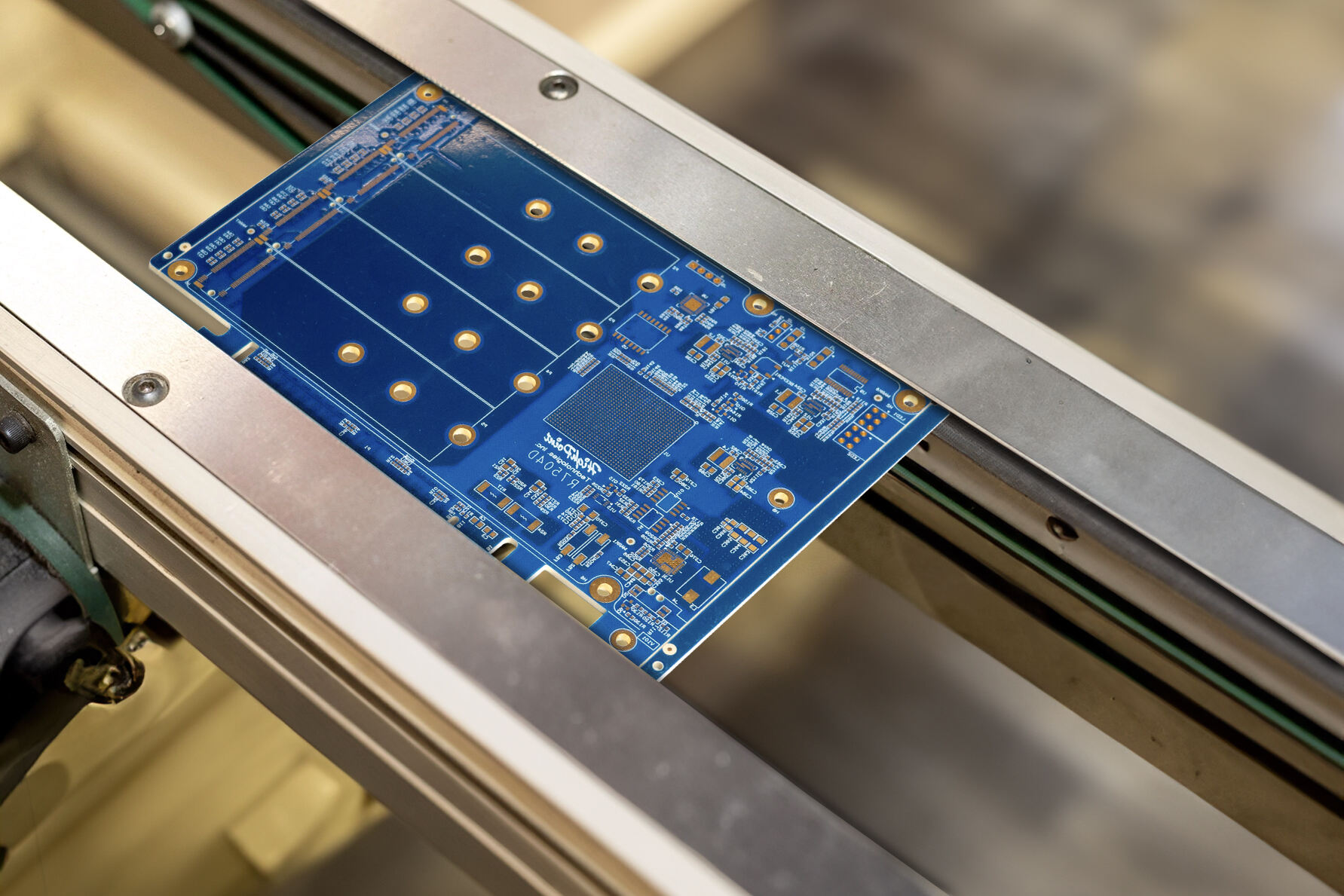aluminum circuit board
Aluminum circuit boards represent a significant advancement in electronic component technology, combining the thermal management capabilities of aluminum with traditional PCB functionality. These specialized circuit boards feature a metal base layer made of aluminum, which serves as both a structural support and an efficient heat dissipation mechanism. The construction typically consists of three main layers: the aluminum base, a thermally conductive dielectric layer, and the circuit layer. This unique composition allows for superior heat dissipation compared to traditional FR4 boards, making them ideal for high-power applications. The aluminum base, typically ranging from 0.8mm to 3mm in thickness, provides excellent thermal conductivity while maintaining structural integrity. These boards are particularly valuable in applications requiring both high power handling and reliable thermal management, such as LED lighting systems, power supplies, and automotive electronics. The manufacturing process involves specialized techniques to ensure proper adhesion between layers and maintain electrical isolation while maximizing thermal transfer. Modern aluminum circuit boards can achieve thermal conductivity values of up to 380 W/mK, significantly outperforming traditional PCB materials.

